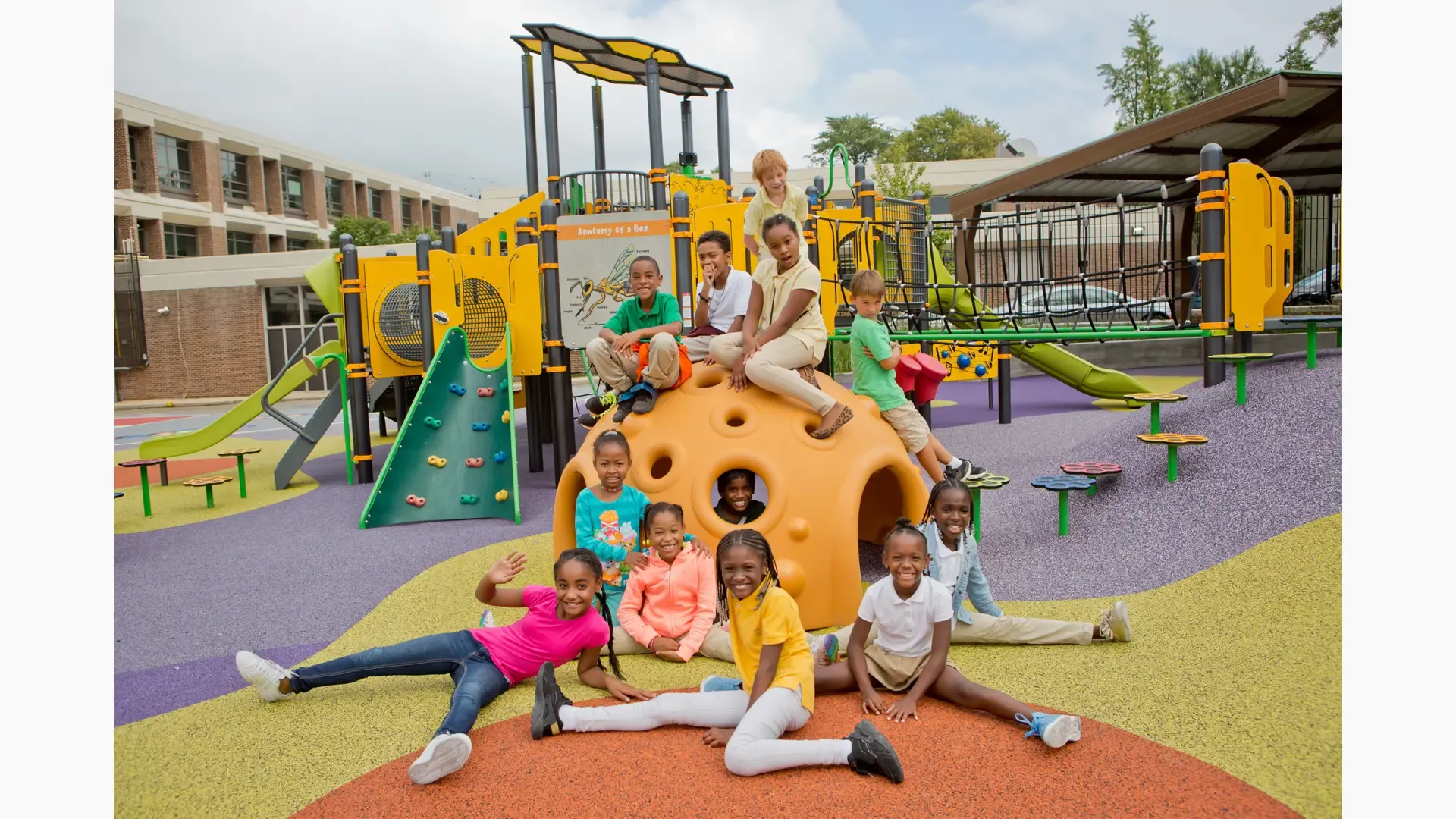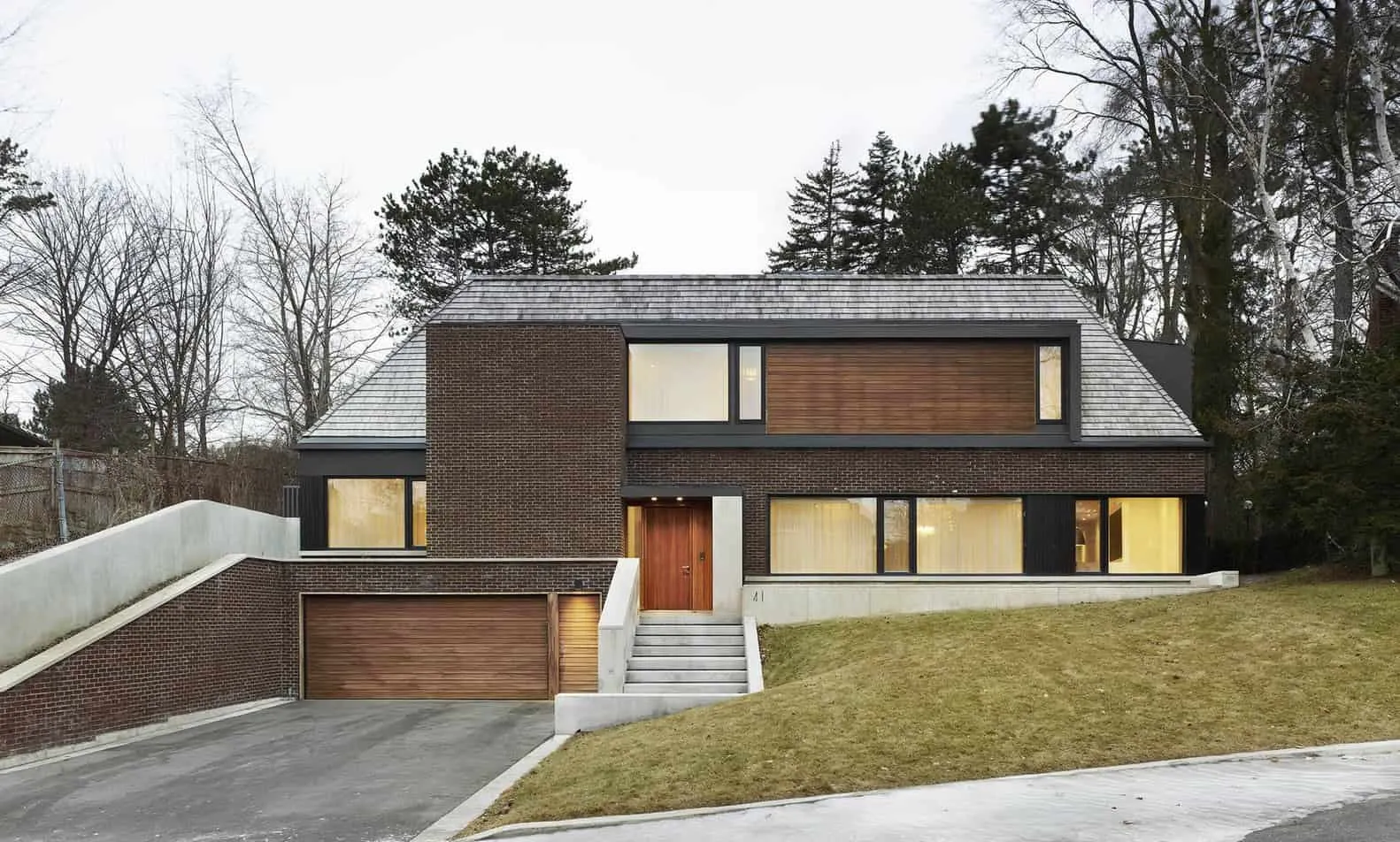There can be your advertisement
300x150
Creating Meaningful Play Spaces: Value of School, Kindergarten, and Commercial Play Equipment
In every thriving community, there are a few things that bring us all together — laughter, learning, and the joy of play. For schools, kindergartens, parks, housing associations, and places of worship, creating high-quality play areas is not just fun but building an environment where children can grow, connect, and flourish. Whether you're looking for school play equipment, kindergarten play structures, or commercial playgrounds, the right solution supports not only a child's development but also the overall wellbeing of your entire community.
As we continue to see the positive impact of outdoor play on education, behavior, and social skills, it's clear that investing in thoughtfully designed play areas is one of the most impactful decisions an organization can make.
In every thriving community, there are a few things that bring us all together — laughter, learning, and the joy of play. For schools, kindergartens, parks, housing associations, and places of worship, creating high-quality play areas is not just fun but building an environment where children can grow, connect, and flourish. Whether you're looking for school play equipment, kindergarten play structures, or commercial playgrounds, the right solution supports not only a child's development but also the overall wellbeing of your entire community.
As we continue to see the positive impact of outdoor play on education, behavior, and social skills, it's clear that investing in thoughtfully designed play areas is one of the most impactful decisions an organization can make.

Why Play Areas Matter in Every Environment
Play areas serve as vital educational environments that encourage physical activity, develop imagination, and promote inclusivity. From a child's first steps in kindergarten to adventures on school climbing structures, every stage of childhood benefits from age-appropriate play in safe and engaging spaces.
Let's explore the unique impact of play areas in three key environments:
1. School Play Equipment: Supporting Academic and Social Growth
School play equipment plays a key role in a child's school experience. While classroom learning is critical, unstructured play time during recess is equally important. It's in these moments that students develop essential life skills — communication, leadership, resilience, and teamwork.
When selecting equipment for a school playground, consider the following:
- Age Appropriateness: Elementary students have completely different needs than middle schoolers. Choose structures and features that align with physical and cognitive development.
- Curriculum Alignment: Many modern playgrounds include learning tools that support STEM, literacy, or socio-emotional development — giving teachers more opportunities to extend education outdoors.
- Inclusivity and Safety: Every child should feel welcomed. Accessible pathways, inclusive swings, and sensory play panels ensure participation from children of all abilities. Durable materials and adherence to safety standards (ASTM and CPSC) are mandatory.
A well-designed school playground can reduce behavioral issues, improve classroom focus, and become a central point of pride for the school community.
2. Kindergarten Play Structures: Nurturing Early Development
The early years are full of rapid growth. That's why kindergarten play structures should be designed to support infants and toddlers in developing motor skills, coordination, and confidence.
What makes a great kindergarten play area:
- Safe and Soft Surfaces: Low height, barriers, and cushioned surfaces are essential to prevent injuries and encourage independent exploration.
- Interactive Features: Sensory elements such as textured panels, musical instruments, or water and sand play zones stimulate curiosity and early learning.
- Therapeutic Play: Tunnels, houses, and small climbing structures encourage imagination — a critical component for language development and social interaction.
Kindergarten play areas should also be designed with visibility and supervision in mind to make it easier for caregivers to watch multiple children in a safe and engaging environment.
3. Commercial Play Equipment: Strengthening Communities
Commercial playgrounds serve a wide range of public and private spaces — parks, neighborhood associations, community centers, churches, etc. These play areas offer families a chance to connect, build relationships, and spend quality time outdoors.
When planning a commercial playground, community leaders often consider:
- Broad Age Range: A great public play area offers something for everyone — from infants to teenagers. Multi-level designs with age-based separation ensure participation across all groups.
- Accessibility and Inclusivity: Equipment compliant with ADA, sensory elements, and inclusive play features make your playground welcoming to every family.
- Durability and Aesthetics: Commercial spaces require durable equipment that can withstand heavy use and weather. At the same time, choices in color, materials, and themes that align with your community's identity add visual value to the space.
- Multifunctional Use: More and more public play areas include features such as outdoor fitness equipment, picnic shelters, and walking trails to encourage intergenerational use and health.
With the right commercial playground equipment, your space becomes more than just a play area — it becomes the heart of community.
What Unites All Great Play Areas
Regardless of the setting — school, kindergarten, or community — there are several core elements that define a successful play area:
1. Safety First
Look for certified equipment providers who follow national safety standards and can guide you through compliance requirements, surface needs, and supervision strategies.
2. Inclusive Design
All children deserve the opportunity to play. Inclusive playgrounds support a wide range of abilities, including physical, cognitive, and sensory differences.
3. Mindful Planning
Think beyond the equipment. Consider shade, parent seating areas, safety fencing, and pathways that encourage movement and exploration.
4. Maintenance Planning
Quality school play equipment, kindergarten play structures, and commercial playgrounds are built to last — but regular inspections and maintenance ensure safety and appearance for years to come.
Funding and Planning Support
Budget constraints are common, but they shouldn't prevent you from creating an amazing play space. Many schools, kindergartens, and communities use:
- Grant Programs: Local, state, and federal grants often support initiatives focused on health, education, and inclusive play.
- Community Fundraising: Hosting events, recruiting local business sponsors, or launching donor recognition campaigns can build excitement and support.
- Phased Projects: Breaking the project into phases allows more flexibility in fundraising and planning while still enabling installation of essential equipment.
Working with an experienced playground provider can simplify the process — from site planning and fundraising support to installation and post-sale services.
Conclusion: Investing in a Healthier, Happier Future
A playground is more than just a place to play — it's where memories are made, skills are honed, and communities grow stronger together. Whether you're designing space for a school, caring for infants in a kindergarten, or creating a gathering point for the community, choosing the right school play equipment, kindergarten play structures, and commercial playgrounds is an investment in the future.
More articles:
 Space Project UID in Japan
Space Project UID in Japan Cosmos House by S-AR in Puerto Escondido, Mexico
Cosmos House by S-AR in Puerto Escondido, Mexico Effective Investments in Construction Projects
Effective Investments in Construction Projects Living Expenses in a Modern Apartment
Living Expenses in a Modern Apartment Cottage Inspired by a Ship's Cabin Designed by Prodesi | Domesi in the Czech Republic
Cottage Inspired by a Ship's Cabin Designed by Prodesi | Domesi in the Czech Republic Cottage Interior for Peaceful Relaxation
Cottage Interior for Peaceful Relaxation Country Home Decoration — Inspiring Ideas
Country Home Decoration — Inspiring Ideas Palace House by Studio JCI in Toronto, Canada
Palace House by Studio JCI in Toronto, Canada